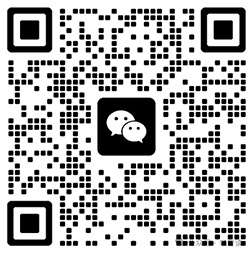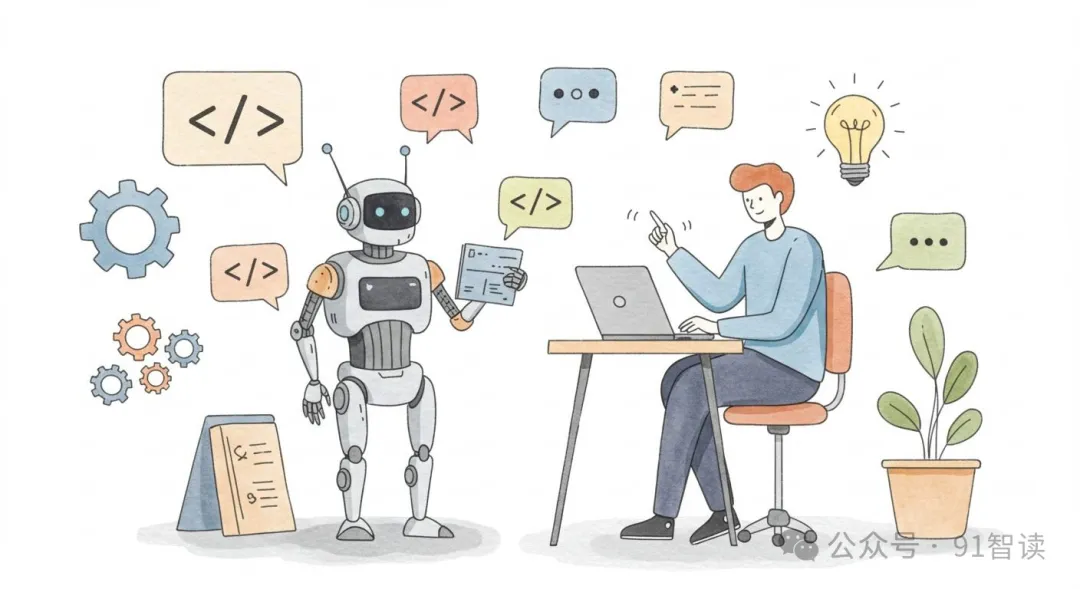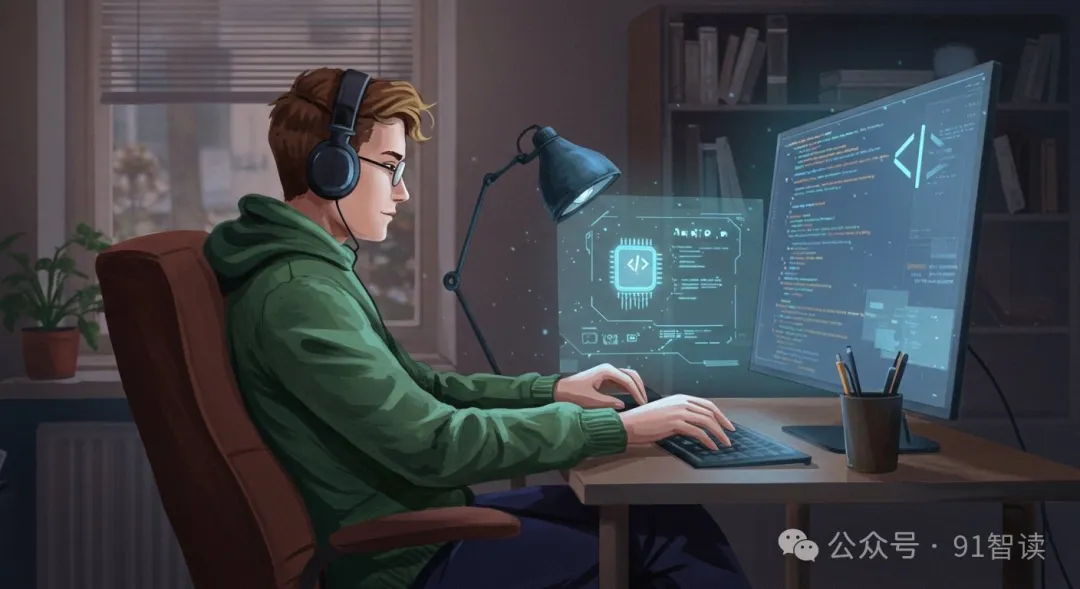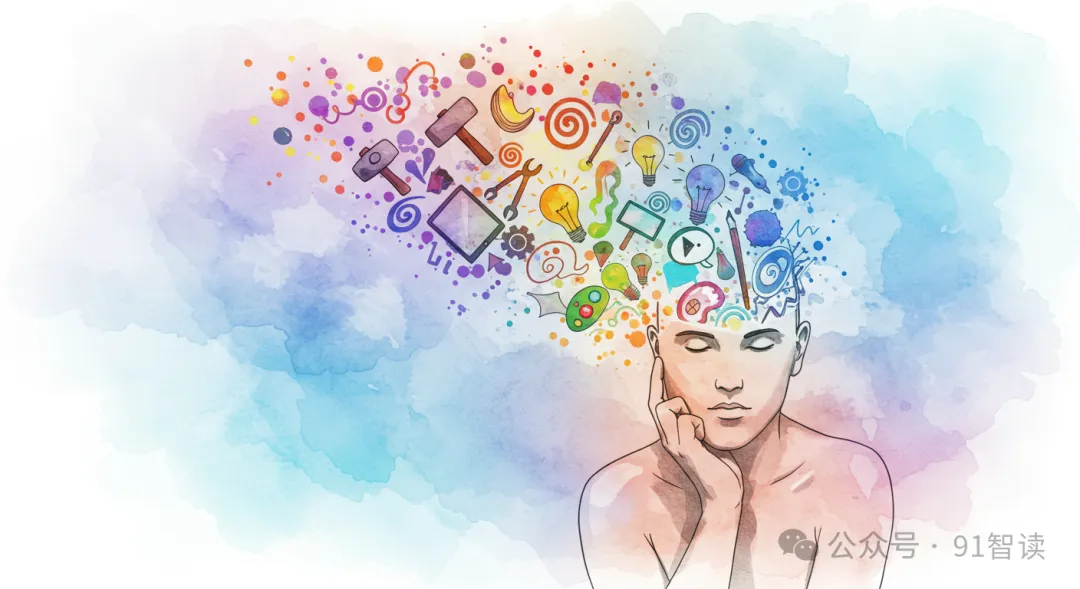AI Gets Stronger, People Get Busier
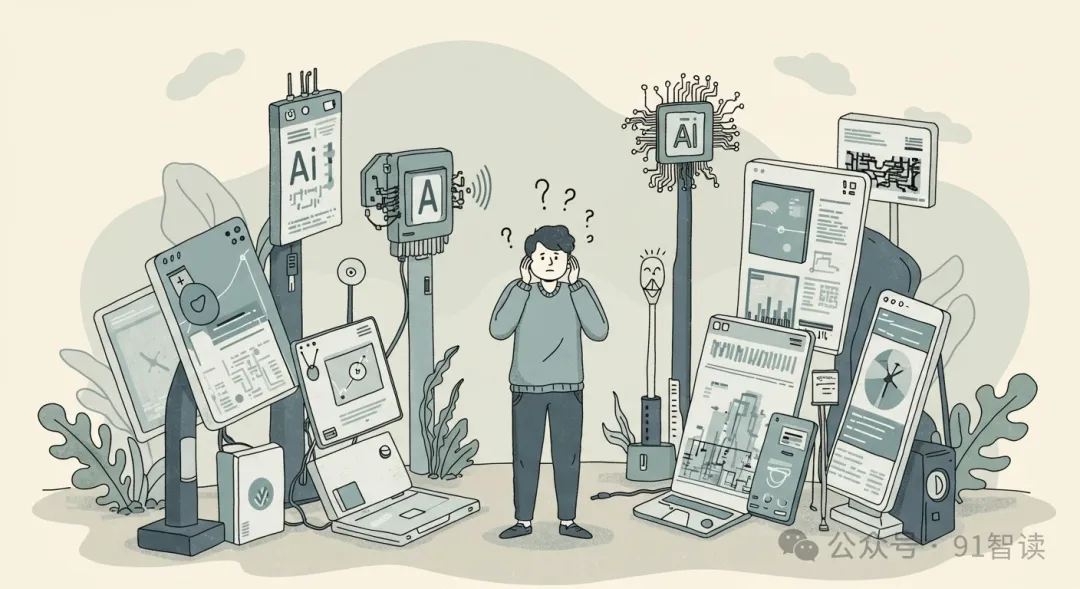
From DeepSeek’s strong launch at the beginning of this year to the subsequent upgrades of international models like OpenAI, Claude, and Google, AI capabilities are getting increasingly powerful. My personal feeling is: “Things I couldn’t do before, I can do now; things I didn’t want to do, AI can do for me.” In the end, I not only have to keep up with the pace of technological iteration but also supervise the quality of these large models’ work. Technology updates and iterations, far from reducing my workload, somehow make me feel busier than ever.
I’ve always believed that social development is inseparable from technological innovation. The renewal and iteration of technology provide humans with more efficient tools and working methods, freeing people from burdensome work and giving them more leisure time to contemplate the meaning of life, enjoy living, and appreciate the beauty of the world. But the result is exactly the opposite—technology iterates faster, people have to keep pace, digest knowledge, learn skills, and do more things. Then we discover that technology has new iterations again, so we continue learning and doing even more things… and so the cycle continues.
A few days ago, I came across a psychology WeChat account from Beijing Normal University that introduced “Zimbardo Time Psychology”. It suggests that future-oriented people easily feel anxious about keeping up with rapidly changing technology, which made me realize that busyness isn’t just a time issue but also a psychological one. After reading it, I thought it made some sense, but it still seemed to miss something and didn’t fundamentally solve my problem.
To clarify the essence of this feeling of busyness, I decided to have a conversation with the AI model Grok3 to explore deeper reasons. Today, I opened the model with the intention of having a conversation that would get to the core of the issue:
Prompt: I recently feel that since the rise of AI technology, humans have become busier. What could be the possible reasons? Looking beyond the phenomena to the essence, try to dig deeper through several layers to find the root cause. My goal is not only to understand “why this is happening” but also to find “what to do about it.”
Grok3 started analyzing from the surface phenomenon, dug down five layers, and provided the root cause. Here’s AI’s answer, with some formatting adjustments:
After AI’s Rise, People Have Become Busier

AI doesn’t simply “replace” humans; it “enhances” human capabilities. For instance, after automating repetitive work, humans need to handle higher-level tasks such as data analysis and model optimization. These tasks require more skills and energy, intensifying the feeling of busyness.
Layer One: Tasks Become More Complex
Technology enhances capabilities but also raises expectations of humans. AI automates simple processes but introduces new tasks like data management, algorithm debugging, and result interpretation. Therefore, while technology enhances capabilities, it also increases demands on humans.
Technological development isn’t meant to let humans “be lazy” but to pursue higher productivity and innovation. After companies use AI to improve efficiency, they rarely reduce workloads; instead, they fill the saved time with more goals, like developing new products or analyzing more data. As a result, human work content shifts from simple repetition to complex diversity, naturally increasing the sense of busyness.
Layer Two: The Pursuit of Efficiency Is Endless
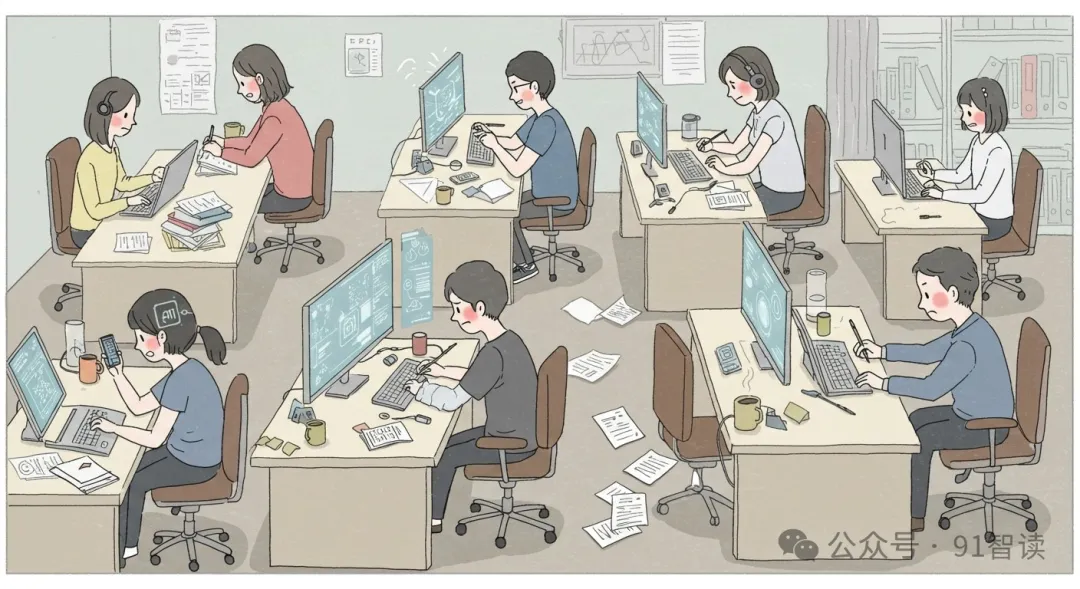
AI improves efficiency, but the expectations of companies and individuals rise accordingly, with tasks and pressure continuously accumulating. In a highly competitive environment, AI is used to extract more productivity rather than lighten burdens.
Modern society values cultures of “more work, more gain” and “time is money.” Technological progress is seen as a tool to enhance competitiveness, not a reason to rest. For example, after a company optimizes processes with AI, they don’t say “everyone can leave early,” but rather “now we can do more projects.” This culture prevents humans from being “liberated” by technological progress and instead makes them busier.
Layer Three: Technological Dependence Weakens Human Autonomy
AI develops too quickly, and humans are busy learning and catching up, feeling like they’re being led by technology. The speed of technological progress exceeds humans’ natural adaptive capacity. For instance, new models and tools appear every year, and humans must continuously learn to keep up. If they don’t learn, they risk being eliminated. This state of “forced pursuit” makes people feel out of control, and the sense of busyness is not just about time but also psychology.
Layer Four: Human Cognition and Psychological Adaptation Lag Behind
Faced with rapid changes, people feel anxious, fatigued, and disoriented. The human brain is evolutionarily more suited to slowly changing environments, and AI’s fast pace exceeds cognitive load.
Human psychological mechanisms need time to adapt to new things, while AI technology’s update cycle might only be a few months or even weeks. For example, just as you master a new tool, immediately there’s an updated version to learn. This “never-ending learning” state overloads the brain, amplifying the feeling of busyness.
Layer Five: The Imbalanced Relationship Between Humans and Technology

Technology should be a tool for humans, but now humans have become “followers” of technology, busy adapting to its rhythm. The speed and direction of technological development begin to “dominate” human behavior and psychology.
In a technology-driven society, human dominance is weakened. AI no longer evolves slowly according to human needs but iterates rapidly with its own logic. People have shifted from “using technology” to “being used by technology,” and this role reversal leaves us exhausted.
At this point, the model’s conclusion is: The relationship between humans and technology is imbalanced. The rapid development of AI technology has transformed people from “controllers” to “followers,” busy adapting to technology rather than having technology truly serve our lives and needs.
Having Found the Cause, What Can We Do?
Personal Level
- Redefine Your Relationship with Technology Make AI your assistant, not your master.
- Set boundaries for technology use, such as spending only a fixed time each day learning new tools.
- Actively choose technologies that suit you rather than blindly following trends. If an AI tool meets your needs, don’t rush to switch to the latest one.
- Enhance Technological Literacy, Turn Passivity into Activity Master technology rather than being led by it.
- Regularly learn AI-related skills, but focus on parts most relevant to your work and life, avoiding learning too many unused skills.
- Develop sustainable learning habits, such as setting aside 1-2 hours weekly to update knowledge rather than cramming all at once.
- Adjust Expectations of Efficiency Free yourself from the pressure of “must be more efficient.”
- Set reasonable goals for yourself, like “completing 3 things today is enough,” rather than using AI to pile up tasks.
- Leave “empty time” in your life to enjoy the convenience brought by technology instead of filling it with more work.
- Strengthen Psychological Resilience Better adapt to the rhythm of technological change.
- Alleviate anxiety brought by rapid technological iteration through meditation, exercise, and other methods.
- Practice “cognitive flexibility,” such as accepting that you don’t need to fully understand all technologies—just knowing how to use them is enough.
Social Level
Promote More Human-Centered Technology Make AI development more aligned with your needs.
- Support “human-centered” technological concepts, such as choosing tools that prioritize user experience.
- Provide feedback when using AI to tell developers you need simpler and more user-friendly features.
Reflection
To be honest, seeing each layer of AI’s analysis and finding the so-called “root cause,” I find it rather sad that “AI no longer evolves slowly according to human needs but iterates rapidly with its own logic.” Humans invented AI but must let it develop rapidly and can only adjust their understanding, expectations, and acceptance levels to adapt to AI’s changes.
If this imbalance continues, people may become overly dependent on technology, gradually weakening their autonomy and creativity, and even affecting their mental health. But from a positive perspective, throughout human history, key technological revolutions have always found new balances. This is a challenge but also an opportunity for human adaptation and evolution. As long as we actively adjust our mindset, enhance our capabilities, and strive to guide the direction of technological development, we can still be masters of technology rather than passive followers.
As science fiction writer Asimov said: “Technology is a double-edged sword; we must learn to master it rather than be enslaved by it.” I hope we can all reflect on the relationship between technology and humans and explore together a more harmonious way of coexistence.
👇Scan the QR code with WeChat to follow “91WiseRead” for daily updates and growth together.

👇Welcome to add me as a WeChat friend to discuss growth stories together.
